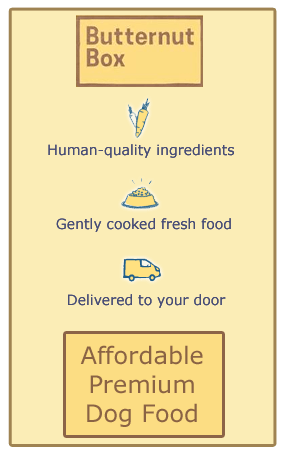When you bring a puppy into your home, you undoubtedly expect some playful antics, boundless energy, and, yes, a fair share of whines.
But what do those whines actually mean?
While dogs cannot speak human language, they have developed a complex form of communication through vocalizations, body language, and behavior.
Understanding the nuances of puppy whines can enhance your bond with your furry friend and help you respond appropriately to their needs.
THE BASICS OF PUPPY WHINING
Puppies, much like infants, whine as a primary mode of communication.
This high-pitched sound can convey a myriad of emotions and requests, ranging from distress and discomfort to excitement or anxiety.
The context in which the whining occurs is crucial to interpretation.
Is your puppy whining during playtime, or are they alone in their crate?
Each scenario can carry its own meaning.
1. Attention Seeking
One of the most common reasons for puppy whining is simply to gain your attention.
If your puppy is bored or wants to engage in play, you might hear whines directed your way.
This is their way of saying, “Hey, notice me!” If you respond to these whines with attention or playtime, you reinforce the behavior.
While it’s natural to want to bond with your puppy, it’s essential to teach them that whining isn’t always the best way to get what they want.
2. Hunger and Thirst
Puppies have little patience when it comes to their basic needs.
If it’s been a while since their last meal or if they’re feeling parched, whining might be their way of informing you.
Pay attention to your puppy’s schedule—regular feeding times can help reduce anxious whining.
However, if they whine right before meal times, it’s a safe bet that they’re reminding you that it’s time to eat.
3. Needs to Eliminate
A puppy’s bladder is small and needs frequent emptying.
If you notice your puppy whining and pacing near the door, it could signal that they need to go outside.
This is especially common in younger puppies still learning to control their elimination.
Regular potty breaks can help prevent the need for them to whine excessively.
If they whine outside of their usual routine, don’t dismiss it; act quickly to take them out.
4. Anxiety and Fear
Whining can also be a manifestation of anxiety or fear.
If your puppy is newly adopted or experiencing a change in their environment, they might whine due to stress.
Loud noises, unfamiliar places, or the absence of their littermates can be triggers.
If this is the case, a calm and reassuring presence can help soothe them.
Creating a safe space with familiar toys and blankets can also alleviate their discomfort.
5. Pain or Discomfort
Whining may also indicate that your puppy is in pain or discomfort.
If their whining seems excessive or is accompanied by other signs—like limping, difficulty sitting or standing, or change in appetite—it’s crucial to consult a veterinarian.
Identifying potential health issues early on can ensure your puppy remains happy and healthy.
6. Excitement and Anticipation
On a lighter note, some puppies whine when they’re excited.
This might happen before playtime, walks, or any activity they anticipate.
You might notice them whining when they see their leash or during meal prep.
This type of whining is typically short and can be accompanied by jumping or wiggling.
UNDERSTANDING THE WHINE
Each puppy is unique, and their whines will vary in intensity and duration based on the situation.
Owners should take the time to observe their puppy’s behaviors and responses—context is key.
By deciphering these vocalizations, you foster a stronger bond and create an environment where your puppy feels understood and cared for.
IN CONCLUSION
While a puppy’s whine may sometimes test your patience, learning to interpret what those sounds mean can enhance your connection with your pup.
With a bit of observation and a whole lot of love, you’ll soon become fluent in the hidden language of puppy whines.








